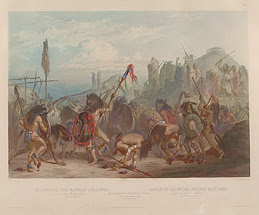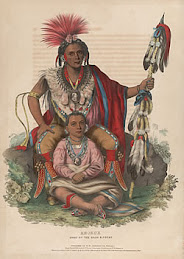 "Navajo artist Tony Abeyta has worked in many media to create paintings using sand, layers of oil paints, encaustic wax and collage elements that include earth pigments, bronze and copper as well as gold leafing. However, this summer Abeyta will work with yet another media – charcoal and ink washes – to produce a drawing installation for his new exhibition Underworlderness. Abeyta plans to “abstractly render the Navajo underworld, draw the realm we live in today and draw our relationship to the cosmos.”
"Navajo artist Tony Abeyta has worked in many media to create paintings using sand, layers of oil paints, encaustic wax and collage elements that include earth pigments, bronze and copper as well as gold leafing. However, this summer Abeyta will work with yet another media – charcoal and ink washes – to produce a drawing installation for his new exhibition Underworlderness. Abeyta plans to “abstractly render the Navajo underworld, draw the realm we live in today and draw our relationship to the cosmos.”The exhibition will also differ from his usual work in that Abeyta will draw and paint directly on the gallery wall to render the large – as large as 10 feet high – work of art. While he is painting, Abeyta’s 17-year-old son Gabriel will document his work on video and then create a short film utilizing reverse time-lapsed footage to reduce as much as four to six hours of painting to three minutes of video. Gabriel Abeyta will also incorporate original music into the video. Once completed, the video will be shown on several monitors in the gallery.
Tony Abeyta has studied painting extensively, attending Santa Fe’s Institute of American Indian Art, Maryland Institute’s College of Art in Baltimore, the School of the Art Institute of Chicago (for which he received a Ford Foundation Scholarship) and New York University. Most recently, Abeyta’s work was influenced by his travels to Europe, where he spent considerable time in Florence, Italy. While in Europe, he had the opportunity to see and study paintings by masters including large-scale works such as Pablo Picasso’s “Guernica."
In his early paintings, Abeyta used brilliant colors to depict magical journeys into Diné culture and Native spirituality. By 2002, his palette had changed to more subtle and somber earth tones. His black-and-white charcoal and ink drawings featured in Underworlderness are yet another provocative exploration by this creative artist. In the drawings and the mural, Abeyta will explore themes of plant life – seeds emerging from the ground – and abstractions of animals.""



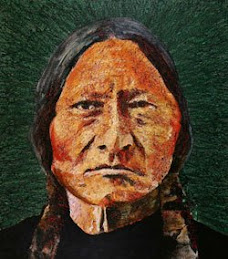





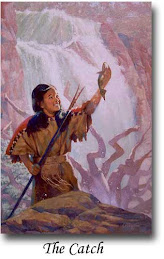

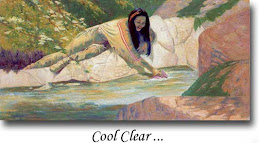

,+Peggy+O%27Neal.jpg)
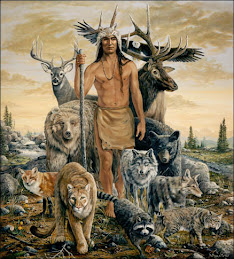,+Peggy+O%27Neal.jpg)
,+Peggy+O%27Neal.jpg)
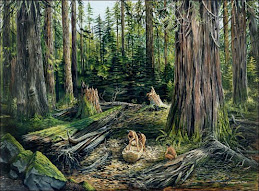,+Peggy+O%27Neal.jpg)


